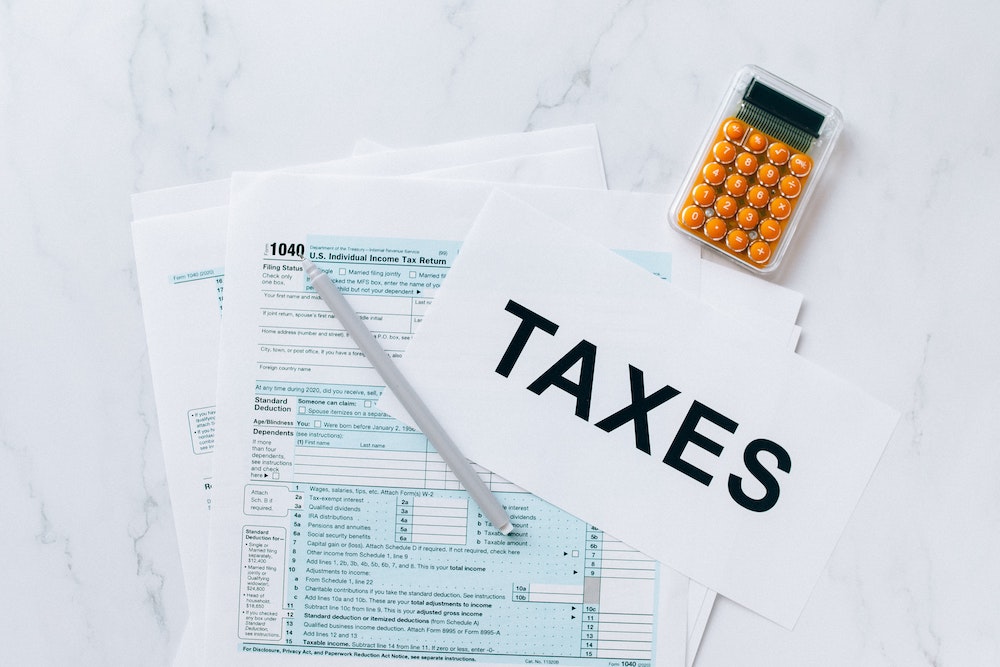When you’re self-employed, you’re your own boss. And that means you are in charge of paying yourself. Most people keep a business account and withdraw money as they need, or put the money they earn directly into their bank account. However, this structure can be inconvenient when you need proof of income.
That’s when you’ll want to consider making your own paystub. You need some information about your income and your client’s information, and you can make your own with spreadsheet software.
Why You Need a Paystub
For auto loans, mortgages, and basically any loan you can get through a bank, you need a paystub to provide proof of income when applying for loans. You may need to provide proof of income to insurance companies as well.
Another good reason to pay yourself via paystub is taxes. When you have a paystub, you often withhold a certain amount of earnings for taxes. If you don’t use a paystub when you’re self-employed, you have to pay for all of those taxes during tax season, while those who have it withheld don’t need to spend as much.

Whether you need a paystub for a one-time loan or an ongoing payment, you can either make them yourself or pay for a service.
What to Include on Your Paystub
Paystubs require a lot of information depending on your formatting and whether you want a detailed paystub or a more basic version. However, they all share vital details that you need to have a legalized paystub.
Gross Pay
You need to put in the total income you earned during a pay period. Gross pay is the total amount of money you made before the deductions came out. The period you’re writing the paystub for can be for a week, a month, or the entire length of the project you worked on. If you’re working on a project for a couple of months, create a paystub for every couple of weeks.
In business terms, what the profit was, how much you made after the project’s costs. When calculating your gross pay, you shouldn’t include all of the income that came in for your business. You should only have what you made on the project.
Deductions
Deductions are how much money the local, state, and federal taxes withhold. Each tax should take up one line and list how much it took out from your gross pay.
The exact amount you need to deduct can be complicated to find out, though, but check out the IRS Employer’s Tax Guide to try and figure it out. You’ll have to check with your state and local authorities to see what you owe them for your deductions.
Net Pay
Net pay is how much you made from the pay period, deductions withheld. Your paystub should look a little like a math problem, where the large amount is at the top, the smaller ones you subtract underneath, and the net pay is the solution.
So if you make 5,000 dollars in one month, and local taxes withhold 30 dollars, state withholds 120 dollars, and federal withholds 150 dollars, your net pay would be 4,700 dollars.
Hours Worked
Another critical piece of information your paystub should have is the number of hours you worked to earn money. Figuring this out can be a nightmare if you don’t keep track of how many hours you are spending on each project.
Unfortunately, there isn’t an easy fix for this. Sometimes you’ll have to guess how many hours you worked on a project or for a client. While this may work for paystubs you’re creating for previous pay periods, for future pay periods, you should keep track of your hours, either by yourself or with the help of your phone.
Other Information Needed
You’ll also need your company name and email/postal address. The client information should include the company name if your client was a company and their full name if they are not. Their postal and email address and ID information if they’re not a company.
You’ll need the date you were paid, along with the pay period dates and your pay schedule (how often you are paid, whether it’s bi-weekly or monthly). This information lets them know the frequency of your income, so it’s imperative.
Finally, to make your paystub look very professional, you’ll need a check number and year-to-date. A check number distinguishes it from other paystubs, while the year-to-date sums up your earnings for that year. While these aren’t strictly required, check numbers and year-to-date make your paystub more valuable and proficient.
Pay for a Service
Unfortunately, making your own paystub can be rather tricky, especially if you have multiple payments from clients. However, there’s a more straightforward solution if you don’t want to create the paystub yourself. You can pay for a paystub service where you just give them your information, and they arrange it for you.
They do all the complicated deduction calculations and nicely arrange the information on paper. It can all be done within a couple of minutes, and you can have it shipped to you or just print it out yourself. It’s quick and easy.
If you want regular paystubs, you can get a service for that as well. Plenty of businesses outsource their payment departments, and so can you. Just shop around to ensure you are getting a reasonable price for precisely what you need.
Summary: How to Make Paystubs When You’re Self-Employed
Tracking your income by paystub simplifies your taxes, provides proof of income for loans and insurance, and efficiently keeps track of how much income you have coming in.
Paystubs are essential in today’s world. Whether you choose to set the spreadsheet template up yourself or pay someone else to do the complicated calculations, you’ll have physical proof of your income you can use for proof, budgeting, or whatever else you might need it for.
So make sure you get your client’s information and keep careful track of the hours you work and pay you receive to put it all together. Once you have all the information you need, use a paystub generator or spreadsheet software to create your own paystub.
Disclosure: We might earn commission from qualifying purchases. The commission help keep the rest of my content free, so thank you!



